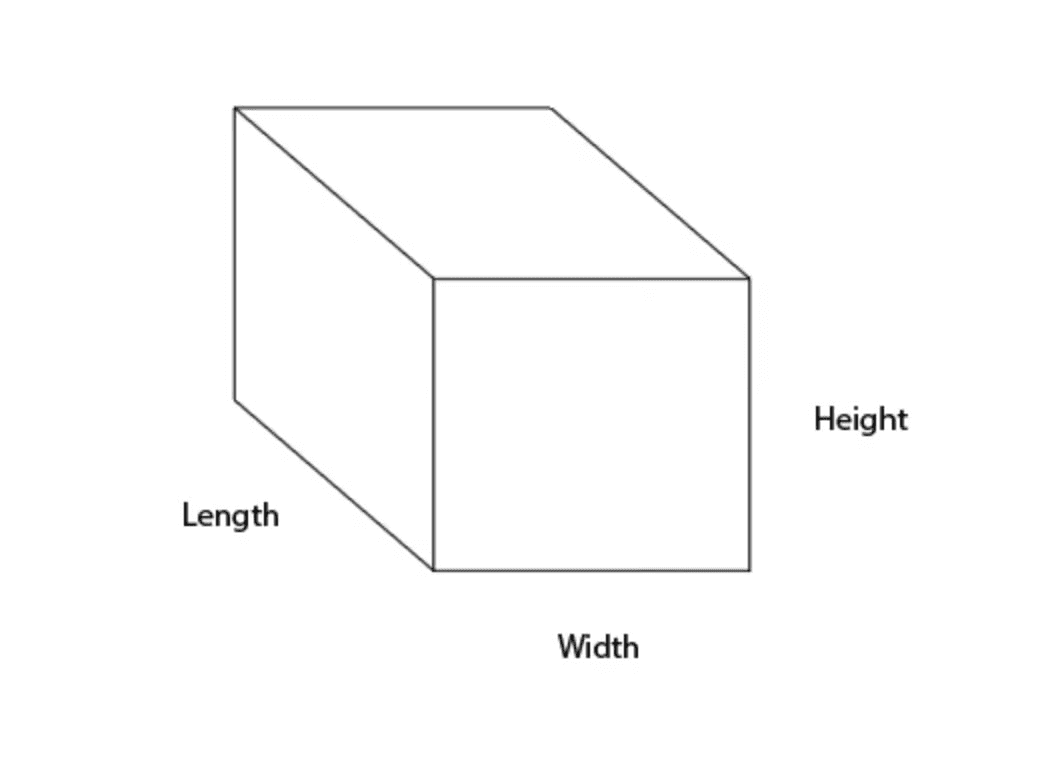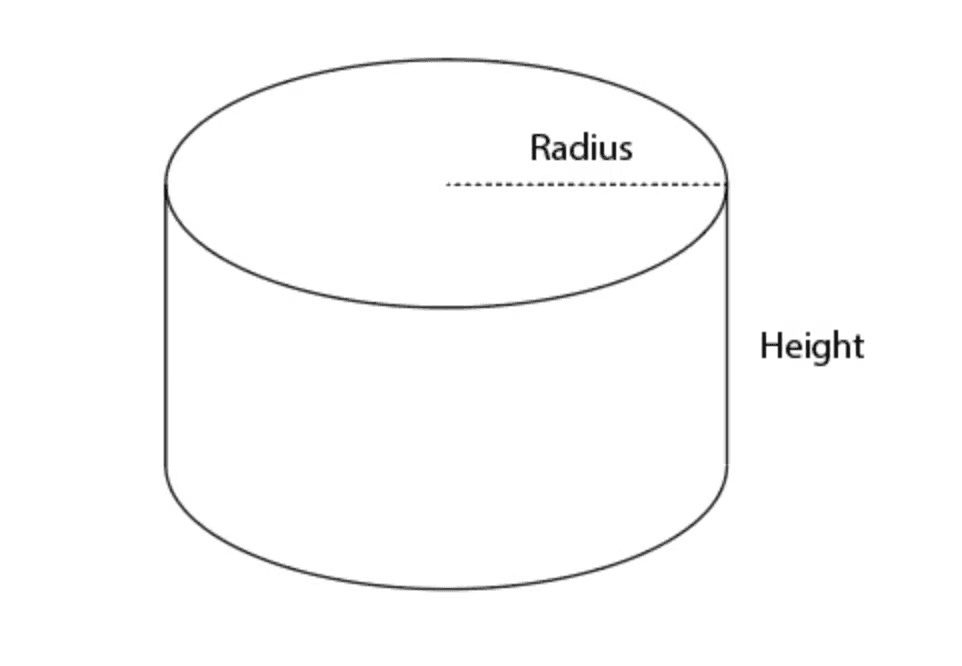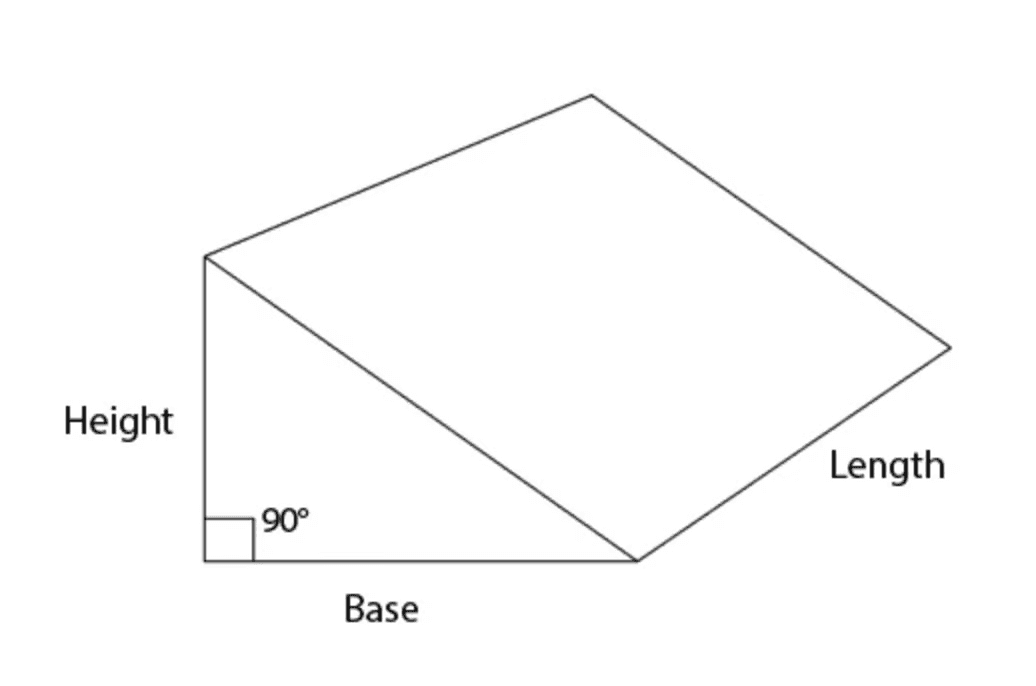
Cubic Yard Calculator
Quickly calculate cubic yards, cubic feet, or cubic meters. Get instant calculations for construction materials like gravel, cement, sand, and more.
What is a cubic yard calculator?
A cubic yard calculator determines the volume of a space or material in cubic yards. People commonly calculate cubic yards in construction, landscaping, and gardening. The tool can calculate the amount of material needed - such as soil, gravel, concrete, mulch, or other bulk materials.
A cubic yard calculator typically requires the user to input the dimensions of the area to be filled or covered. This is usually in length, width, and height (or depth). The tool then calculates the volume of the area in cubic feet and converts it to cubic yards.
Our calculator lets you set the input to inches, feet, yards, centimeters, or meters. It converts the volume to cubic feet, yards, or meters. You can also add a price per cubic foot/yard/meter to calculate the cost of materials.
How to calculate cubic yardage
A cubic yard is simply a measurement of volume. The most common equation to calculate cubic yards is to measure length, width, and height and multiply them. This will allow you to get the exact volume, whether all sides are perfectly square or some sides are longer than others (rectangular).

The length, width, and height measurements must be in yards to get the volume in cubic yards.
For reference, 1 yard = 3 feet or 36 inches.
Cubic Feet to Cubic Yards
Most people measure things in feet and inches. These measurements must first be converted into yards to calculate the volume in cubic yards.
Our calculator makes this conversion easy. Pick the unit of measurement option you’d like to use and convert automatically.
A cubic yard calculator can also automatically calculate the price of the materials. This simplifies the selling process and lets you offer prices quickly.
To convert feet into yards, divide the measurement by 3.
Example:
5 feet ÷ 3 = 1.67 Yards
12 feet ÷ 3 = 4 Yards
To convert inches into yards, divide it by 36.
Example:
16 inches ÷ 36 = 0.45 Yards
24 inches ÷ 36 = 0.67 Yards
You can convert cubic feet into cubic yards by dividing the volume (in cubic feet) by 27. You get this number when you multiply 3 feet by 3 feet by 3 feet.
Example:
27 Cubic Feet ÷ 27 = 1 Cubic Yard
64 Cubic Feet ÷ 27 = 2.37 Cubic Yards
To convert cubic inches into cubic yards, divide the volume (in cubic inches) by 46,656 - the number you get when you multiply 36 inches by 36 inches by 36 inches.
Example:
216 Cubic Inches ÷ 45,656 = 0.0047 Cubic Yards
It’s much more convenient when our cubic yard calculator automatically converts dimensions into cubic yards.
It converts cubic meters into cubic yards automatically by multiplying the volume in cubic meters by 1.308.
Example:
3 Cubic Meters x 1.308 = 3.92 Cubic Yards
Calculating cubic yardage for different shapes
Many projects will require volume calculations for different shapes. Think cylinders for posts and columns or triangular prisms for ramps and slopes.
To calculate the volume of a cylinder, you need two measurements - the radius and the height.
Multiplying π (or its approximate value of 3.14) with the square value of the radius gives you the area of the circle. Multiplying the resulting area in square yards with the height of the cylinder gives you the volume.
The formula for the volume of a cylinder is illustrated below:

Calculating the volume of a triangular prism with a right angle is similar to calculating the volume of a cube or rectangular box. It’s basically a box that’s been sliced in half diagonally.
To get its volume in cubic yards, take the length, height, and base (width) measurements and divide it in half.
To calculate the volume of a right-angled triangular prism, use the following formula:

Uses for a cubic yard calculator
Measurements in cubic yards or yards are most often used in construction and landscaping. It’s a convenient way to measure large quantities of concrete, gravel, dirt, and mulch.
Industries that measure volume in cubic yards, cubic feet, and cubic meters include:
Landscaping: To determine the amount of mulch, soil, or gravel needed for flower beds, driveways, or paths.
Construction: To calculate the volume of concrete, sand, or fill dirt required for foundations, sidewalks, or other structures.
Gardening: To determine how much compost, topsoil, or other materials are needed for planting or raised garden beds.
Waste Management: To estimate the volume of debris or waste material that needs to be removed from a site.
Share this calculator